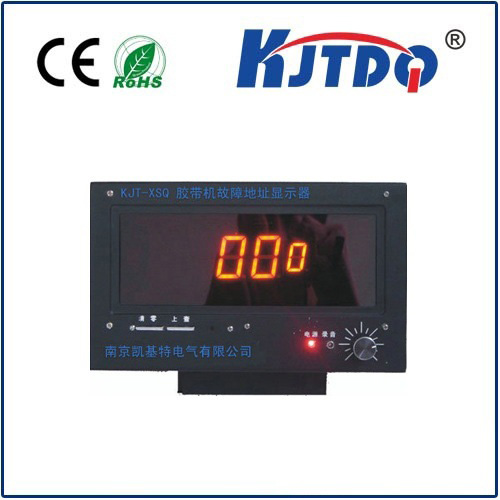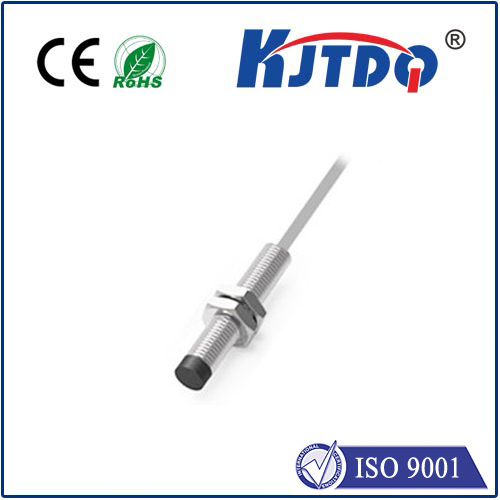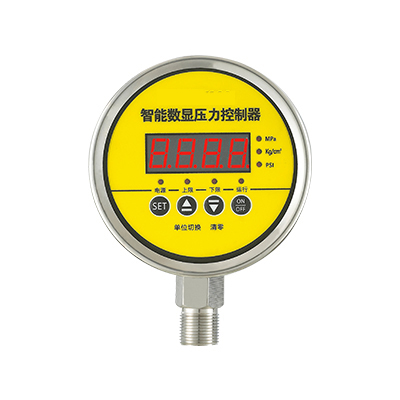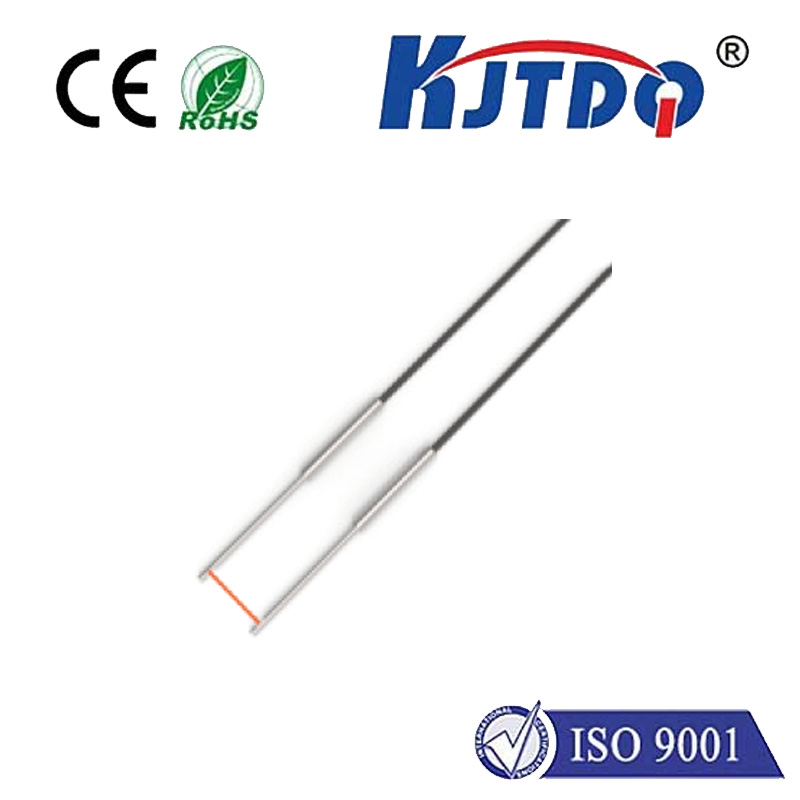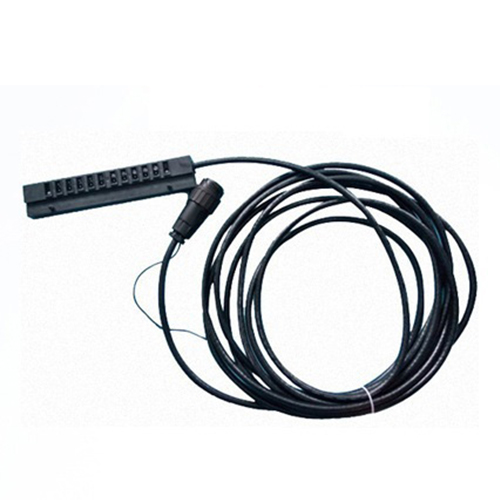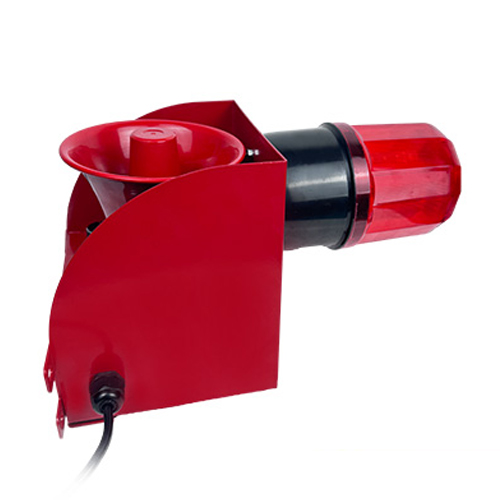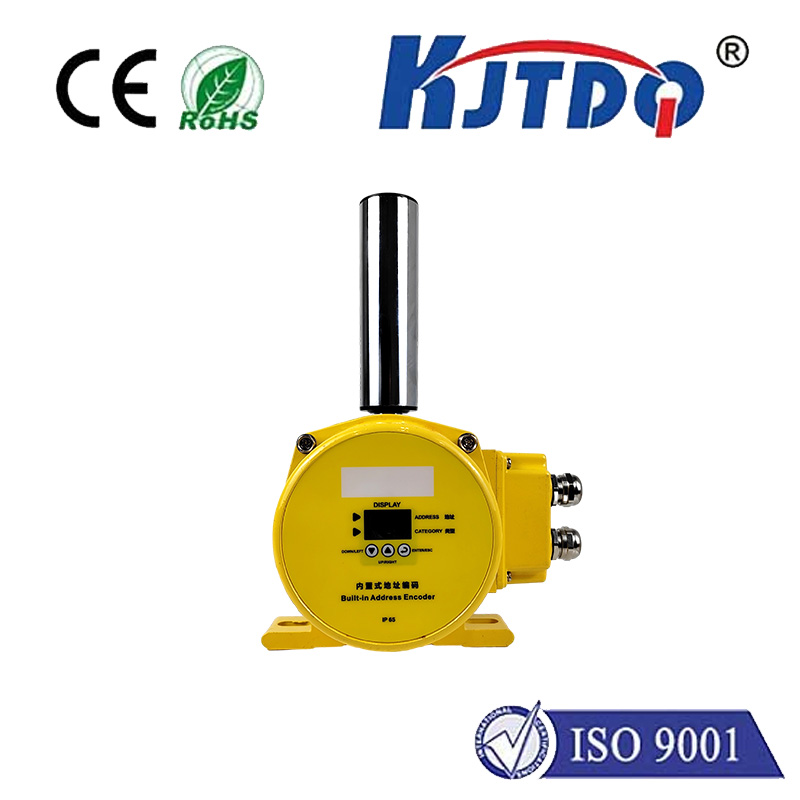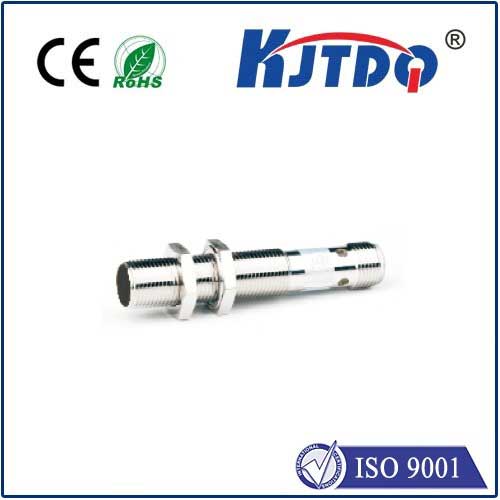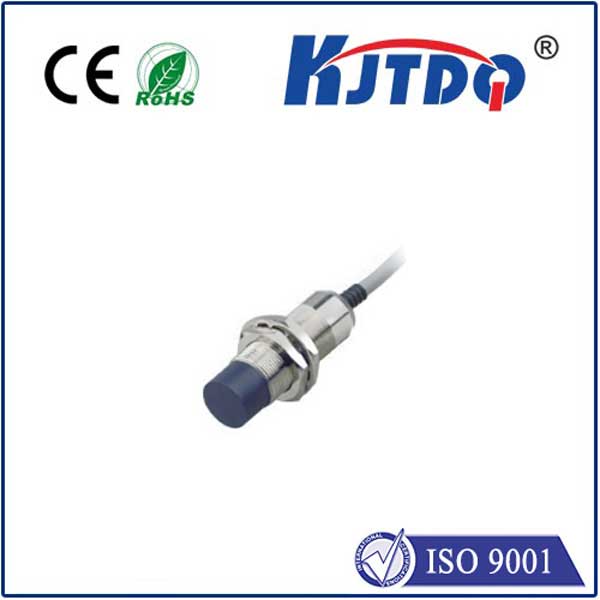Пружина микропереключателя
- time:2025-08-06 10:53:10
- Нажмите:0
The Unseen Hero: How the Micro Switch Spring Powers Reliable Snap-Action
Imagine a silent conductor orchestrating countless electronic interactions every day. It’s not a complex circuit board or a powerful processor, but a remarkably simple, yet utterly critical, component hidden within a ubiquitous device: the micro switch spring. Often overlooked in discussions about switches, this tiny coiled marvel is the very heart that defines the performance, reliability, and characteristic “snap” of billions of micro switches deployed worldwide. Understanding its role is key to appreciating these essential components.
The Essence of the Snap: A Spring’s Primary Function
A micro switch, fundamentally, is a snap-action switch. This means its contacts don’t move gradually; they transition rapidly and decisively between ON and OFF states the moment a specific actuation point is reached. This crucial characteristic – the snap-action mechanism – is directly governed by the internal micro switch spring. Here’s how:
- Storing Potential Energy: As the actuator (button, lever, roller) is pressed, it deflects, loading the spring. This stores potential energy within the coiled metal.
- Overcoming Mechanical Hysteresis: The spring design incorporates intentional mechanical hysteresis. This means the force required to move the mechanism to the trip point is slightly higher than the force holding it past the trip point. The spring, under tension, creates this differential.
- Rapid Energy Release (The Snap): Once the actuator displacement reaches the precise trip point, the stored energy in the Пружина микропереключателя is released instantly. This violent energy release forces the moving contacts to “snap” rapidly over to their opposite state (open or closed) with minimal arcing time.
- Resetting Force: After actuation, the spring provides the necessary force to return the actuator and contacts reliably to their resting position once external pressure is removed. This ensures a clean reset for the next cycle.
Why “Snap” Matters: Beyond Just a Sound

This rapid transition isn’t just satisfying acoustically; it’s critical for performance:
- Reduced Arcing: Faster contact movement minimizes the time the contacts spend in a partially connected state during transition, drastically reducing electrical arcing which erodes contacts and shortens switch life.
- Positive Tactile Feedback: The distinct snap provides clear, unmistakable confirmation to the user or machine that the switching action has occurred.
- Consistency & Accuracy: The spring-driven snap-action ensures each actuation happens at a very specific point (± small tolerance), guaranteeing precise and repeatable operation critical for safety interlocks, position sensing, and control applications.
- Immunity to Vibration/Slow Movement: The defined trip point and rapid action make micro switches highly resistant to accidental triggering caused by vibration or slow, partial actuation forces.
Engineering Excellence: The Demands on the Micro Switch Spring
Designing and manufacturing this essential component is an exercise in precision engineering. The Пружина микропереключателя must relentlessly deliver under demanding conditions:
- Material Science: Springs are typically crafted from high-grade, heat-treated alloys like beryllium copper, phosphor bronze, or stainless steel. These materials offer:
- Высокийfatigue strength to endure millions, sometimes tens of millions, of cycles without weakening or breaking.
- Excellent conductivity (especially beryllium copper) to minimize resistance in the critical current path (the spring often forms part of the electrical circuit itself).
- Corrosion resistance to withstand harsh environments (dust, moisture, chemicals).
- Stable elastic properties across a wide temperature range.
- Precision Dimensions: The wire diameter, coil diameter, number of coils, and overall shape are calculated with extreme precision. Minute variations can significantly alter the spring force, operating point, pretravel, overtravel, and differential travel (hysteresis).
- Consistent Force: Providing a consistent force profile cycle after cycle is paramount for reliable snap-action and contact pressure.
- Contact Force: Crucially, the spring doesn’t just create snap-action; it also determines the contact force. This force pushes the contacts firmly together in the closed state. Adequate contact force is vital for:
- Maintaining a low-resistance connection.
- Breaking through surface oxidation or film.
- Ensuring reliable electrical continuity under vibration or shock.
Failure Modes: When the Spring is the Weakest Link
Despite their robust design, micro switch springs can fail over time, leading to switch malfunction. Common issues include:
- Fatigue Failure: The most common cause. After exceeding its designed cycle life (mechanical endurance), the spring metal becomes brittle and eventually fractures. Regular, high-frequency cycling accelerates this.
- Set (Permanent Deformation): If a spring is subjected to forces exceeding its yield strength (e.g., overloading the actuator), it can deform permanently. This changes its force characteristics, leading to erratic operation, loss of snap-action, or failure to reset.
- Corrosion: In severe environments without adequate protection, corrosion can weaken the spring material, reducing fatigue life or even causing brittle fracture.
- Material Degradation: Exposure to extreme temperatures beyond specifications can alter the material’s metallurgical properties, reducing elasticity and strength.
The Unsung Guardian of Reliability
The Пружина микропереключателя is far more than just an internal component; it’s the dynamic engine driving the core functionality of the switch. Its meticulous design, precise manufacturing, and robust material properties directly determine the switch’s:
- Operational Life (Mechanical Endurance): How many cycles it can reliably perform.
- Electrical Performance: The stability of contact resistance and ability to handle current.
- Environmental Resilience: Ability to withstand temperature extremes, humidity, and contaminants.
- Tactile Feel & Audible Feedback: The user/machine interaction experience.
Next time you hear the distinctive “click” of a limit switch confirming a machine’s position, feel the positive snap of a safety interlock engaging, or rely on the precise control of an appliance button, remember the Пружина микропереключателя. This unassuming coil of wire, working tirelessly within its compact housing, is the fundamental element ensuring millions of reliable snap-actions every second, making it a true cornerstone of modern electromechanical design. Its consistent performance, born from meticulous engineering, underpins the reliability we often take for granted.

